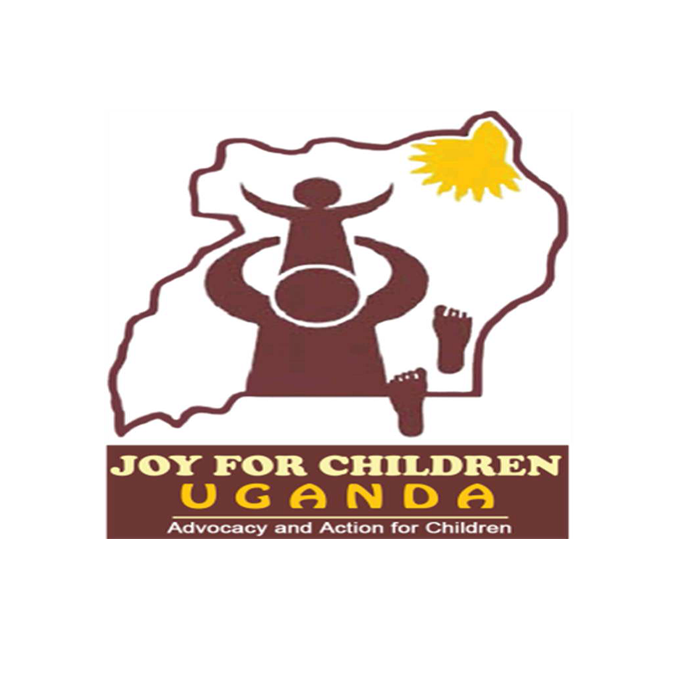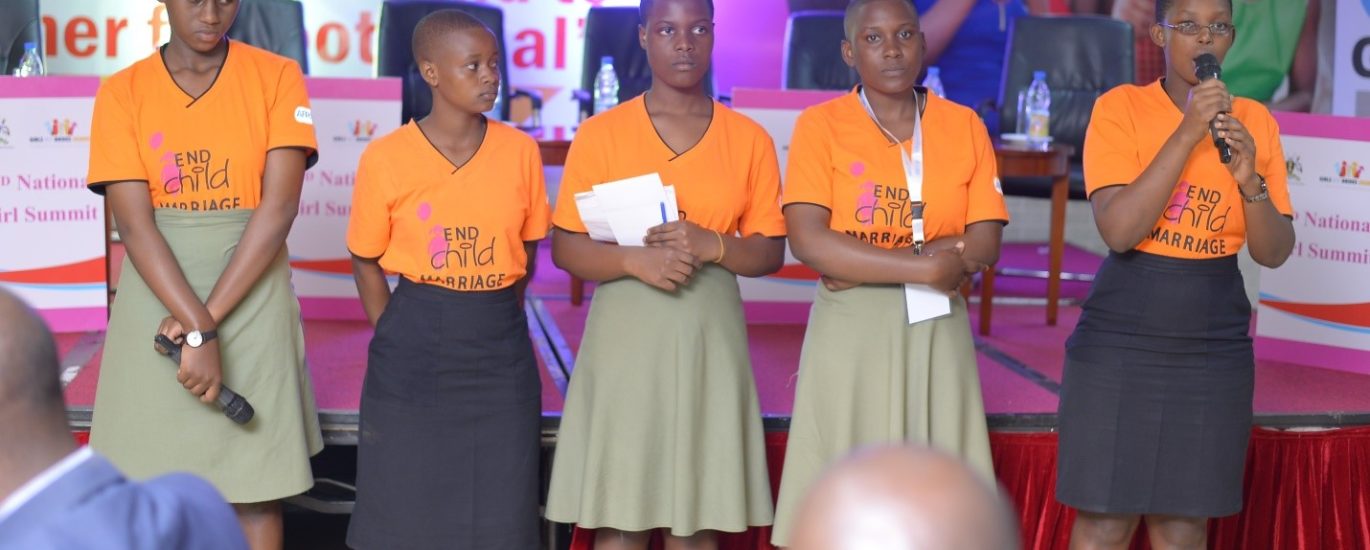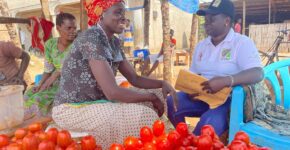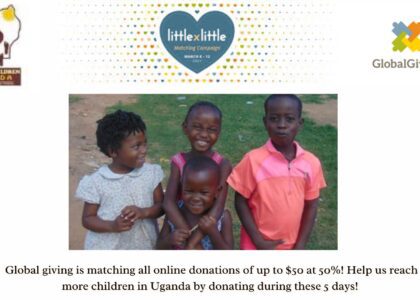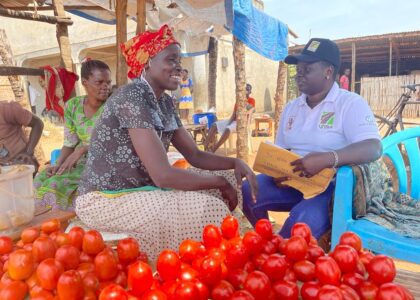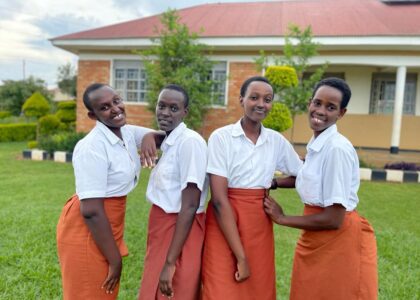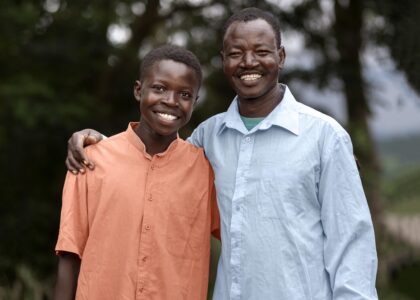International day of the girl child
On the International day of the Girl child, October 11th 2021, Joy for Children-Uganda recognizes the rights of girls and the challenges they face every day.
The international day of the girl child focuses attention to addressing the challenges that girls go through and promote girls empowerment especially during these unprecedented times of covid-19. Girls have the right to a safe and healthy life. If they are effectively supported even in the face of covid-19, Girls have the potential to change the world.
The 2030 Agenda for sustainable development Goal 5 which is bold and broad focuses on achieving gender equality and empowering all women and girls. But tackling the underlying gender inequalities that exist between men and women doesn’t end with one goal; the other 16 goals cannot be achieved without empowering girls, women, boys and men to achieve their full potential.
The covid-19 pandemic made these inequalities even more severe where lockdowns have increased violence against women, 243 million women and girls aged 15-49 years being violently abused (UN WOMEN). The Uganda Police annual crime report (2020) reported 1,521 women were raped, 17,644 domestic violence cases of which 13,145 are female adults and 14,134 are female juveniles. There has been a rise in teenage pregnancies which has been largely attributed to closure of schools in response to managing covid-19 pandemic. A survey carried out by Plan International- Uganda reveals 8,736 teen girls aged 15-19 years were defiled and impregnated in Lango sub-region between April and June 2020.Reports of the daily’s also indicated 950 teen pregnancies in Kabale and 1,300 in Rukungiri.
These sobering statistics provide the momentum for change and it is possible if governments, civil society, teachers, parents and the girls themselves came together to solve for a common challenge. Despite the challenges that girls continue to face around the world, many organizations and policies have attempted to address the needs of girls.
International day of the girl child 2021 theme; “Digital Generation, Our Generation”.
The covid-19 pandemic has changed how things operate around the world, re-emphasizing the importance of digital technology and digital transformations which have become the new normal on many fronts in the face of the pandemic. It has accelerated the use of digital platforms for learning, earning and connecting yet 2.2 billion people below the age of 25 still do not access internet at home. (UNICEF).The platforms have come in handy in facilitating remote learning. According to Uganda communications commission, 48% of the population are using internet.
But what do these digital transforms mean for girls who cannot access digital devices particularly those in rural areas this is due to the fact that either these girls cannot afford the devices/internet or due to social norms that deter women and girls from accessing information using digital platforms.
“The covid 19 pandemic took the world by storm and many countries especially those in the global south are yet to learn how to deal with it. School has remained closed for nearly two years, businesses disrupted by lockdowns for months threatening to plunge millions into poverty”- Moses Ntenga, Executive Director, Joy for Children-Uganda.
What is more concerning is that even when the schools reopen, many children especially girls may not return to school due to high number of teen pregnancies ever recorded in recent past, poverty and permanent closure of schools that are near the learner. Like in most parts of Africa, the digital transformation would most benefit children who are in school than those out of school. And yet, with this digital revolution, will dictate on how we study, communicate or do business or deliver at work places. Girls who fail to return to school are most likely to miss other opportunities in future shrinking their chances of realizing their full potential. As actors, we need to work together, removing barriers to girls return to school in the era of covid19 pandemic.
Nearly half of the world’s population remains offline and excluded from the benefits of digitalization. (UN report October 2019), this has created a “digital divide” which has negatively affected the social-economically disadvantaged persons including women and girls. The way forward to reducing the digital divide is in recognizing the role of digital platforms which continue to convey information and increase access to learning opportunities. Girls must not be left behind; we need to move from talking to taking action if we are to achieve sustainable development Goal 5 (Gender Equality).
- Recognize the existing gender inequalities that exist and find ways to address them to allow girls access technology.
- Design and implement interventions focused on eliminating underlying harmful cultural and gender norms that deter women and girls from accessing information on-line.
- Government of Uganda should provide active learning support to build digital literacy and skills.
- Ease access to low-cost technologies and digital training for girls while safeguarding their online safety and privacy.
- Programs should embed gender in all the activities, collect data on gender to aid in project implementation and how the activities directly impact the girls.
- Develop policies and strategies that confront barriers to Gender equality and digital access.
For more information, Contact www.joyforchildren.org
